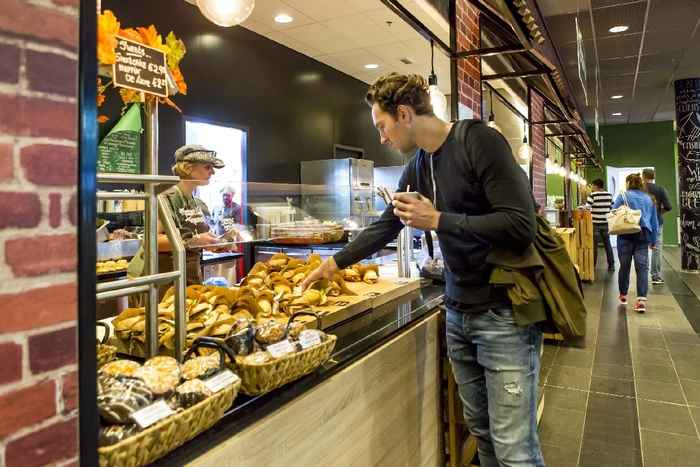ABS researcher predicts success of restaurants with machine learning

The publication Semantic Path-Based Learning for Review Volume Production came about as an interdisciplinary project. 'We essentially tried to resolve marketing issues with ‘free-flowing data’ in the form of reviews on TripAdvisor,' says Sharma. 'At the same time, we thought it was very interesting to use machine-learning techniques combined with data containing substantial noise.' Sharma was supervised by Dr Stevan Rudinac and Prof. Willemijn van Dolen . He also worked on this with Dr Joris Demmers and Prof Marcel Worring (FNWI).
More data, more information
Traditionally, marketeers rely on questionnaires to build up a picture of why a consumer chooses a particular restaurant. 'The problem is the difficulty of collecting large amounts of data. But on TripAdvisor.com, there’s a lot of data, including reviews, photos, information about the menu, location, etc. We looked at these factors and compared restaurants with similar characteristics.'
It was possible to predict the number of reviews based on the correlations. Marketing studies show this is the most important gauge of restaurant popularity. The network model resulting from the study is multimodal. 'What this means is that a central set of core nodes ‒ the restaurants ‒ can be linked via various relationships: 2 restaurants in different parts of a city can be related because they both serve Turkish food.'
This work is still very much ongoing, but we know that people make assumptions about the quality of a restaurant from just a few pictures. The challenge is to define what a better ambience then entails visually

Location and menu important
The study reveals that the effect of location and cuisine is very important for a restaurant. 'We also noticed that the presence of certain restaurants attracts other restaurants with the same characteristics.' Obtaining insights from photos and review texts proved more problematic. 'We are still working on matching the words used in English reviews. The word ‘atmosphere’ alone we’ve seen misspelt in a dozen different ways. Another challenge is that people sometimes talk about things like poor service without those words appearing in the text.'
The multidisciplinary study is valuable in different ways. 'For computer sciences, we wanted to demonstrate that you can create a multimodal graph with many different nodes, using noisy data. We certainly succeeded there.' For marketing purposes, the model is the basis of further research. 'Its practical usefulness is still limited for now. But this can change if we also learn to better interpret photos and images.'
Effect of photos
Understanding the atmosphere in a restaurant and the effect of photos on TripAdvisor is part of further research by Sharma, as a component of his PhD programme. 'This work is still very much ongoing, but we know that people make assumptions about the quality of a restaurant from just a few pictures. The challenge is to define what a better ambience then entails visually.'
The latter is tricky because ambience is subjective. 'Take the Dutch word gezellig', says the researcher, who is from Delhi and has been living in Diemen for four years now. 'You Dutch people use the word all the time but what exactly is gezellig? It means different things to different people. This is interesting, especially in combination with people’s visual system. We always note certain details and ignore other information. My goal is to incorporate that into a model in order to predict a restaurant’s popularity.'